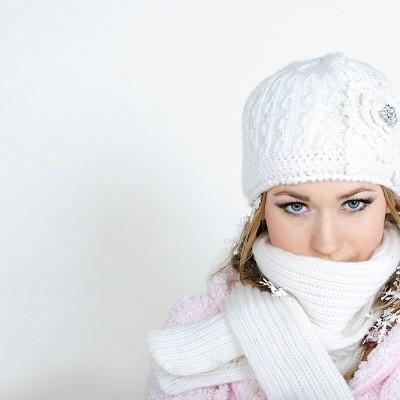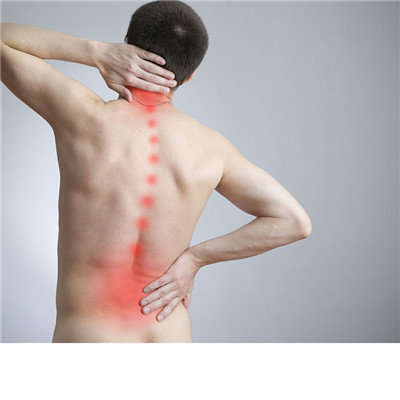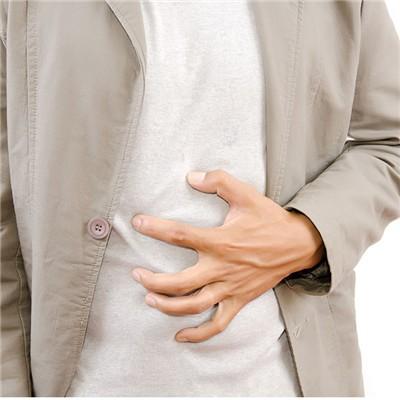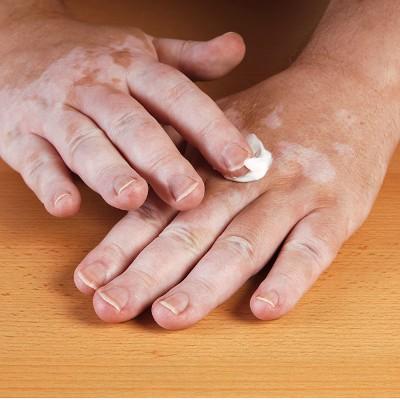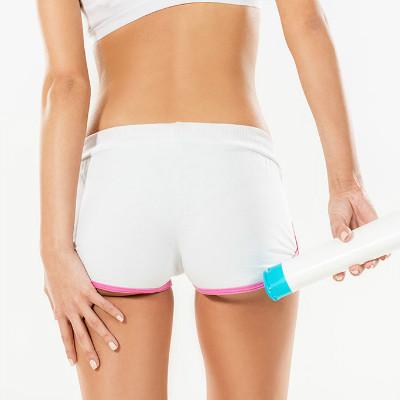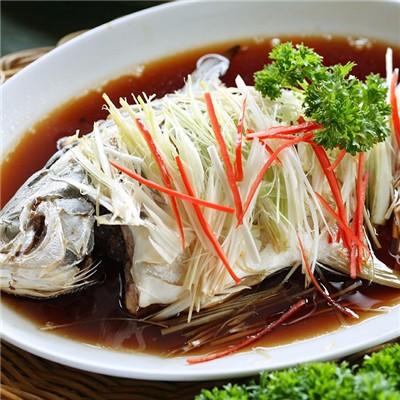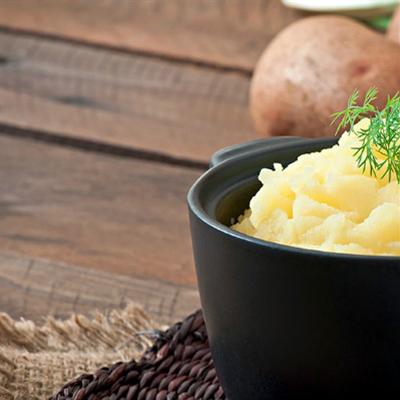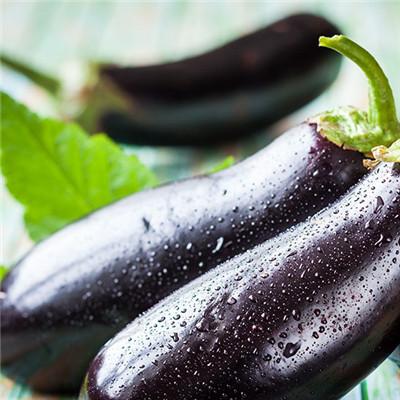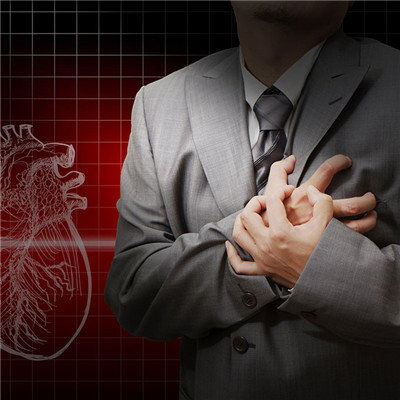What's the heat in summer?
summary
Summer heat is a special disease in infants. The clinical features are long-term fever, thirst, polydipsia, polyuria and sweating. Because this disease has strict seasonality, it occurs in summer, so it is called hot summer. Modern medicine is called heatstroke. The disease mainly occurs in the south of China, such as southeast, Central South and southwest hot areas. Most of the patients were under 3 years old. The higher the temperature is, the more the disease is. But after the autumn is cool, most of the symptoms can subside by themselves. Some of the patients can be onset for several years, and with the increase of age, the symptoms can be reduced year by year, the course of disease is shorter. If there are no other complications, the prognosis is good.
What's the heat in summer?
Mainly related to children's physical factors. Due to the congenital deficiency of children, such as premature infants, immature infants, kidney deficiency; Due to acquired deficiency of spleen and stomach, poor nutrition and weakness of spleen and stomach; Due to the deficiency of body and deficiency of Qi and Yin after the disease, the patients can not tolerate the fumigation of the hot climate in summer.
It is hot in summer and easy to consume body fluid. Children suffer from summer heat, accumulate in the lung and stomach, burn the body fluid of the lung and stomach, the body fluid is deficient, the internal heat is exuberant, so fever and thirst drink more; Heat is easy to hurt Qi, Qi deficiency subsides, Qi does not turn into water, then water tends to bladder, and urine is clear and long; In addition, the lung was injured by the summer heat. The lung is responsible for clearing away the heat. The skin and hair are combined with the lung, and the division is opened and closed. The body fluid is deficient in both body fluid and Qi, and the water source is insufficient. If there is no way to apply the water, the lung is blocked, so there is little sweat or sweating; Sweating and urination belong to Yin fluid, foreign body and homology, so sweating is more urine, more urine is fluid injury, fluid injury must drink water to help themselves, thus forming the syndrome of sweating, thirsty, polydipsia and polyuria.
According to the characteristics of heat, such as easily injuring body fluid, consuming Qi and dampness, as well as the physical characteristics of children, such as lung stomach yin deficiency or spleen kidney yang deficiency, the pathogenesis and outcome of the disease are different in the occurrence and development of the disease. At the beginning of the disease, the heat often injures the body fluid and Qi, and the syndrome of lung stomach Qi Yin is easy to appear; If the disease is protracted, or the spleen and kidney are weak, the exterior is fumigated by summer heat, while the interior is deficient in true Yang, the syndrome of "upper excess and lower deficiency" is easy to appear. Although the disease occurs in summer, there is no general heat pathogen, but human blood, invading heart and liver. This disease is caused by "fumigation of summer air", and most of them have no acute changes. It has a chance to recover after the autumn is cool. However, if it lingers for a long time, it will also affect the physical quality of children.
matters needing attention
Summer heat is a special disease in infants. The clinical features are long-term fever, thirst, polydipsia, polyuria and sweating. Because this disease has strict seasonality, it occurs in summer, so it is called hot summer. It needs to be differentiated from Erxia. Generally, the disease does not have fever, or has low fever, loss of appetite, mental fatigue, no sweating, thirst, polydipsia, polyuria and other symptoms.

